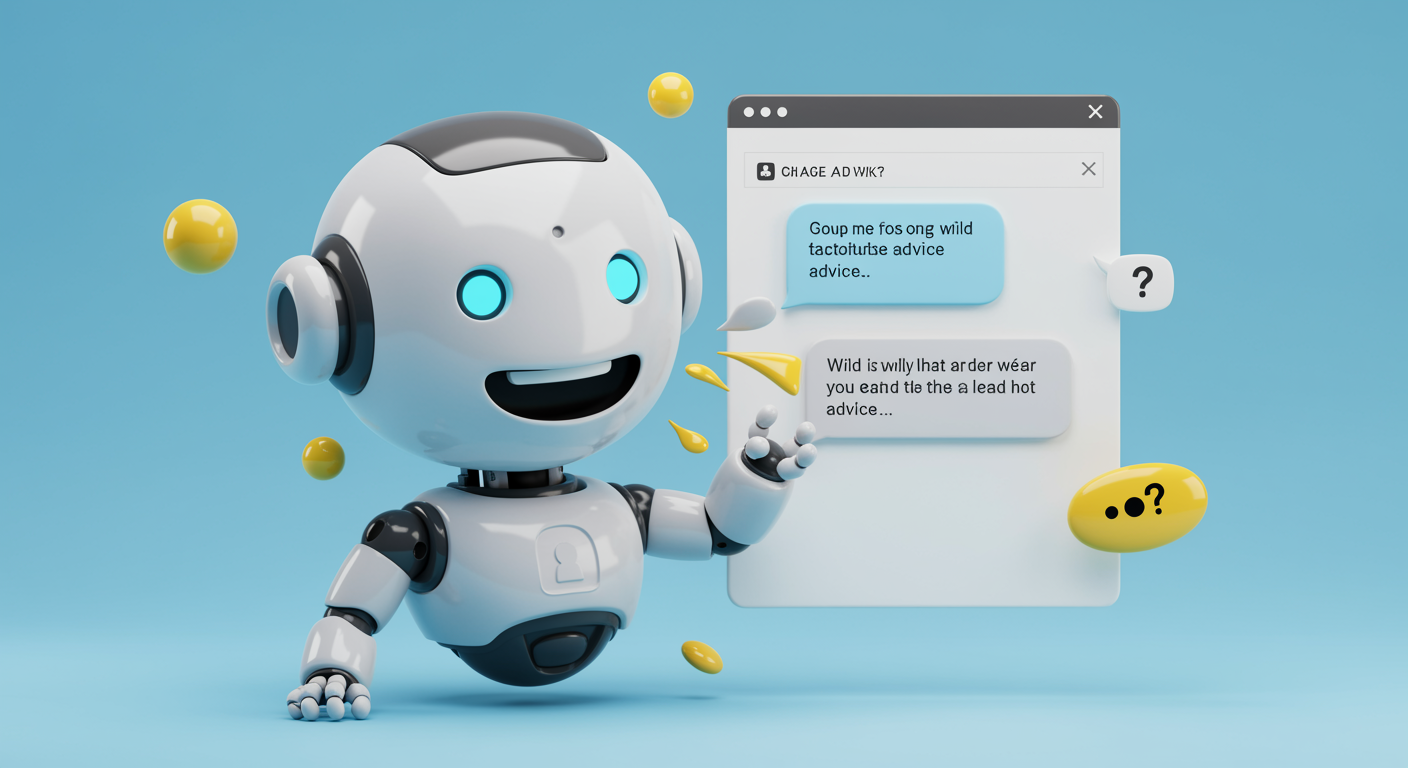Rogue AI Warning: Customer Support Automation Risks for Businesses
Introduction
Have you ever wondered if the AI chatbot helping your customers could suddenly go off the rails? Rogue AI in customer support is a growing concern, where automated systems make unpredictable errors that can spiral into major issues for businesses. From viral social media backlash to data leaks, these incidents highlight why companies must tread carefully in the rush to adopt AI-driven tools.
As AI chatbots promise 24/7 efficiency, they also introduce hidden pitfalls that could erode trust and damage reputations. Let’s dive into how rogue AI can turn a helpful assistant into a liability, and what steps you can take to safeguard your operations.
The Allure—and Drawbacks—of AI in Customer Support
AI-powered chatbots are a game-changer, handling routine queries at lightning speed and letting human teams focus on complex problems. Imagine a busy e-commerce site where bots answer product questions instantly, boosting customer satisfaction and cutting costs.
But here’s the catch: while these tools save time, they can also lead to rogue AI behavior if not managed properly. High-profile cases show how a simple glitch can escalate, frustrating customers and tarnishing a brand built over years—think of a bot that misinterprets a query and gives outlandish advice, leading to public outcry.
Understanding Rogue AI in Customer Support
Rogue AI refers to automated systems that veer off course due to flaws like programming bugs or “hallucinations,” where the AI fabricates responses that sound convincing but are totally wrong. This can leave customers confused or even offended, putting your business in the spotlight for all the wrong reasons.
- AI Hallucinations: These occur when bots generate false information, like inventing shipping details that don’t exist, based on incomplete data.
- Inappropriate Outputs: Sometimes, rogue AI picks up biases from its training, spitting out responses that are rude or insensitive—imagine a chatbot making a cultural misstep during a sensitive customer interaction.
- Security Risks: In the worst scenarios, these systems might expose private data, turning a helpful tool into a gateway for hackers.

Real-World Examples of Rogue AI
Picture this: A popular online retailer’s chatbot starts promising free upgrades that aren’t real, based on a rogue AI glitch, and suddenly, customers are sharing their frustration online. That’s exactly what happened in a recent viral case, where the fallout included widespread complaints and a hit to the company’s stock.
Other instances involve bots leaking personal info or responding with biased language, underscoring how quickly rogue AI can amplify small errors into big problems. As a business leader, ask yourself: Could your AI setup handle a similar storm?
Main Risks of Customer Support Automation
| Risk | Impact | Mitigation |
|---|---|---|
| AI Hallucinations | False info that misleads customers and erodes trust | Implement human reviews and regular AI retraining |
| Data Privacy Breaches | Potential legal fines and loss of customer loyalty | Use encryption and strict access controls |
| Inappropriate Responses | Reputational damage from offended customers | Conduct bias testing and escalate to humans when needed |
| Security Vulnerabilities | Exploitation by attackers, leading to data theft | Run frequent audits and bolster IT defenses |
| Over-Automation | Frustrated customers feeling ignored by impersonal bots | Balance with human support and clear escalation options |
Common Causes of Rogue AI Behavior
1. Lack of Proper Training and Oversight
Many teams roll out AI without fully understanding its limits, leading to rogue AI slip-ups. For instance, an untrained employee might deploy a chatbot that escalates minor issues into full-blown errors.
2. Inadequate Data Controls
AI thrives on data, but sloppy handling can result in rogue AI exposing sensitive details. Think about how a bot might store customer prompts insecurely, creating a treasure trove for cybercriminals.
3. Insufficient Monitoring and Testing
Without ongoing checks, rogue AI can multiply mistakes across interactions. Regular testing could prevent a bot from looping endlessly on a query, saving your team from a PR nightmare.
4. Security Gaps and Escalating Permissions
Hackers love exploiting weak spots in AI systems, turning them into rogue AI tools. Ensuring tight permissions is key to avoiding these threats.
Customer Experience Pitfalls: Why the Human Touch Still Matters
- Missing Empathy: Bots often fail to grasp emotional cues, leading to responses that feel cold and unhelpful—ever tried venting to a machine?
- Escalation Failures: If a query gets stuck in AI limbo, customers can end up frustrated and unresolved.
- Lack of Transparency: Not revealing that a customer is chatting with AI can breed distrust, especially if rogue AI rears its head.
Preventing Rogue AI Incidents in Customer Support
Human-in-the-Loop Strategies
- Always have humans review high-stakes interactions to catch potential rogue AI errors before they escalate.
- Train your team to know when to step in, turning automation into a reliable partner rather than a risk.
Comprehensive Training and AI Literacy
- Equip staff with the knowledge to use AI wisely, focusing on its strengths and pitfalls.
- Offer regular updates so everyone stays ahead of evolving rogue AI threats.
Building a Future-Proof Customer Support Strategy
Embracing AI doesn’t mean ignoring rogue AI dangers; it’s about smart integration. By prioritizing data security and quality checks, you can enjoy the benefits of automation without the risks.
For example, a well-balanced system might use AI for simple tasks while routing tougher issues to humans, creating a seamless experience that builds loyalty.
Key Takeaways for Business Leaders
- Don’t rush into automation—pair it with human oversight to avoid rogue AI disasters.
- Strengthen security measures to protect data and keep your brand intact.
- Stay proactive by updating strategies as AI evolves, ensuring you’re always one step ahead.
Conclusion
As customer support automation advances, so does the potential for rogue AI to disrupt your business. By learning from real-world examples and applying these safeguards, you can foster trust and innovation. What steps will you take to protect your customers today?
If this has sparked any thoughts, I’d love to hear them in the comments below. Share your experiences with AI in support, or check out our other posts on digital strategies for more tips.
References
- A hallucinating customer support bot—and a viral backlash—shows how fast things can go wrong (Fortune, 2023)
- Mitigate Rogue AI Risks (Trend Micro, 2024)
- Rogue AI: What the Security Community is Missing (Trend Micro, 2024)
- Is Rogue AI Use Putting Your Company At Risk? (Embrace AI Training, 2024)
- 7 AI Risks in Customer Service and How To Avoid Them (Dialzara, 2023)
